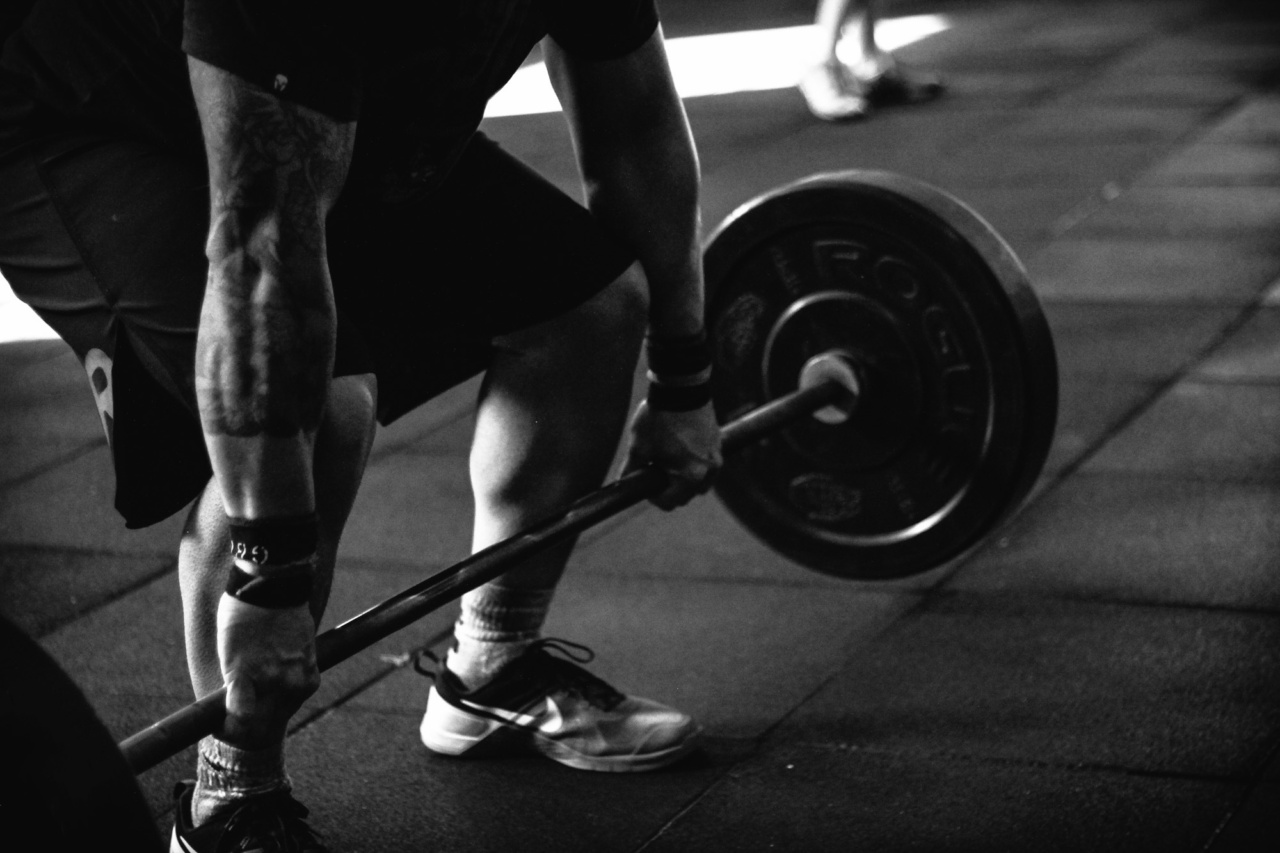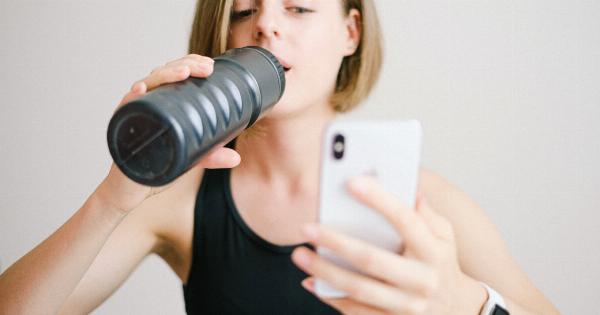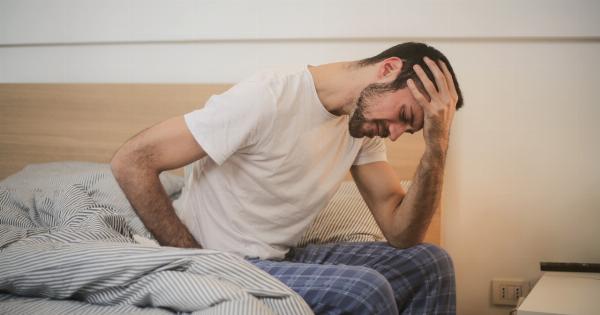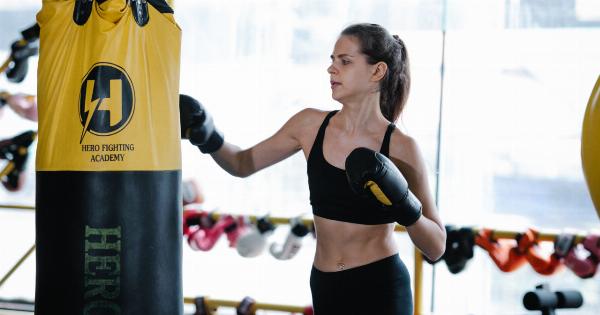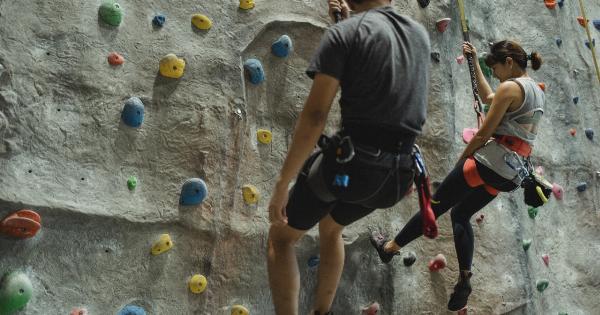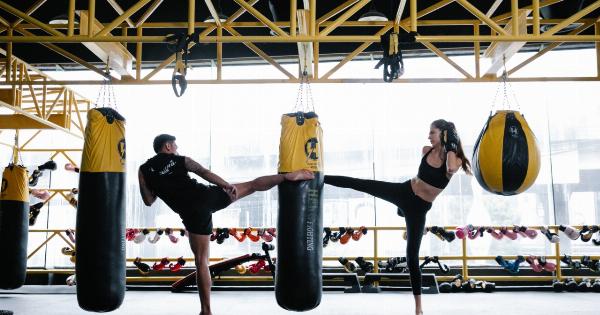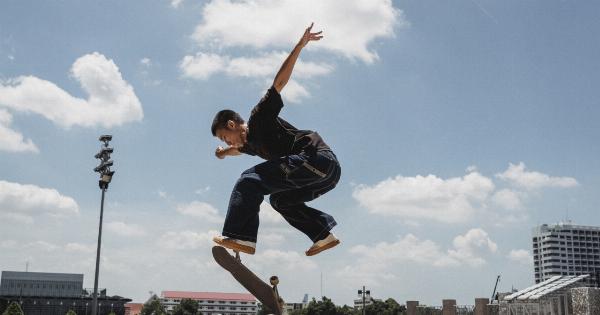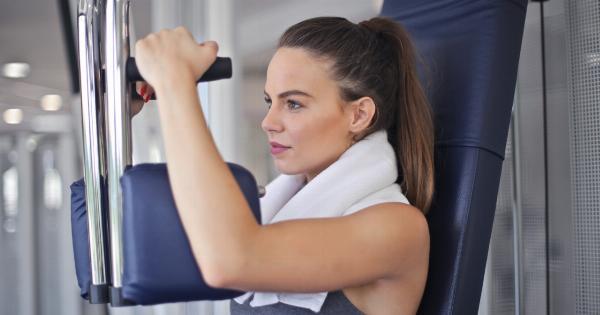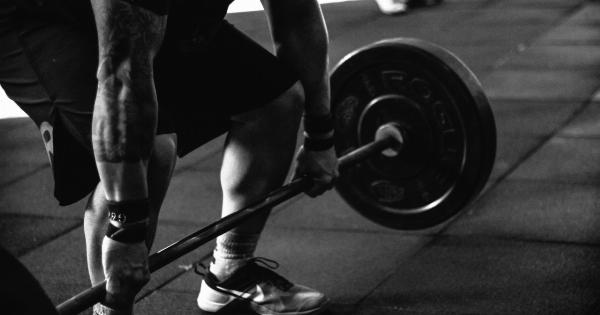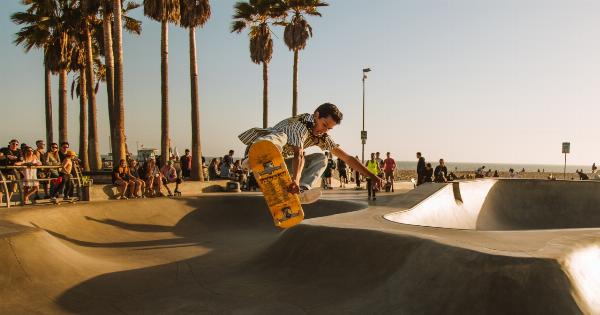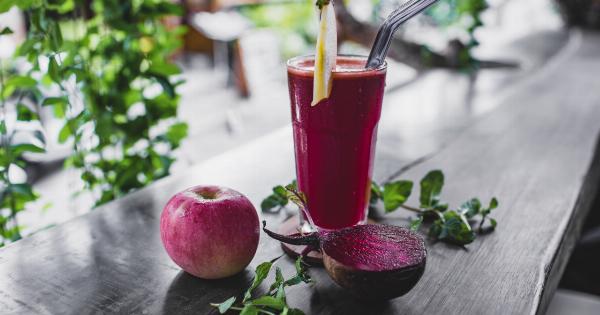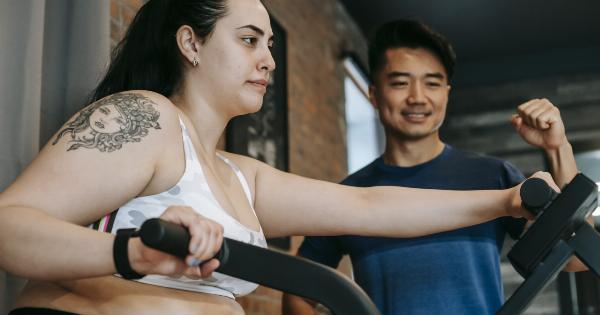Training and exercise are essential for maintaining a healthy and fit body. However, along with the benefits comes the inevitable muscle soreness that follows a rigorous workout.
Muscle soreness, also known as DOMS (Delayed Onset Muscle Soreness), is a common occurrence that occurs after intense physical activity.
But have you ever wondered when exactly is the worst day for muscle soreness after training? In this article, we will delve into the topic and explore the factors that contribute to muscle soreness, as well as determine which day is typically the most painful.
Understanding Muscle Soreness
Muscle soreness is characterized by pain and stiffness in the muscles that occurs typically after engaging in unfamiliar or strenuous physical activities. It is a result of small tears in muscle fibers and connective tissues.
The primary cause of muscle soreness is eccentric exercises, which involve lengthening the muscle under tension, such as when lowering a weight during a bicep curl. These exercises cause more muscle damage compared to concentric exercises.
Factors Affecting Muscle Soreness
Several factors contribute to the severity and duration of muscle soreness. These include:.
1. Intensity and Duration of Exercise
The more intense and prolonged the exercise, the greater the muscle damage and subsequent soreness. High-intensity workouts or exercises that target multiple muscle groups simultaneously can lead to a more pronounced soreness effect.
2. Eccentric vs. Concentric Movements
As mentioned earlier, eccentric movements, where the muscle lengthens under tension, cause more muscle damage and soreness compared to concentric movements.
Activities such as downhill running, eccentric weight lifting, and exercises involving lengthening contractions can result in heightened soreness.
3. Fitness Level
Individuals who are new to exercise or have been inactive for an extended period tend to experience more significant muscle soreness. This is because their muscles are not accustomed to the stress and strain imposed during training.
As their fitness level improves, the muscles become more resilient and adapt better to exercise, resulting in reduced soreness.
4. Age
Muscle soreness tends to be more intense and prolonged in older individuals. As we age, our muscles become less flexible and recover more slowly from strenuous activity. This delayed recovery leads to more prolonged soreness.
5. Hydration and Diet
Poor hydration and inadequate nutrition can contribute to muscle soreness. Dehydration can impair muscle function and recovery, while inadequate protein and nutrient intake can hinder muscle repair and growth.
Proper hydration and a balanced diet are crucial for minimizing muscle soreness.
Which Day is the Worst for Muscle Soreness?
While muscle soreness generally peaks within 24 to 72 hours after exercise, the second day is typically the worst.
This is often referred to as the “peak soreness day.” On the first day after a tough workout, you may experience some stiffness and mild soreness. However, it is the second day that brings the most intense discomfort and restricted range of motion.
Recovery Strategies for Muscle Soreness
Although muscle soreness is an inevitable consequence of intense physical activity, there are ways to alleviate the discomfort and promote faster recovery. Here are some strategies to help you recover from muscle soreness:.
1. Active Recovery
Engage in light exercises or activities that target the same muscle groups, but at a lower intensity. This helps improve blood circulation, flush out lactic acid, and alleviate muscle soreness.
2. Gentle Stretching and Foam Rolling
Performing gentle stretches and using foam rollers can help relieve muscle tension and tightness. Focus on the muscles that are particularly sore, but be cautious not to overstretch or worsen the pain.
3. Hot and Cold Therapy
Alternating between hot and cold treatments can help reduce muscle soreness. Apply a cold compress or ice pack to the sore area for 15-20 minutes to reduce inflammation.
Follow it up with a warm compress or a warm bath to promote blood circulation and relaxation.
4. Adequate Rest and Sleep
Allow your body enough time to rest and recover. Sufficient sleep is crucial for muscle repair and growth. Aim for 7-9 hours of quality sleep each night to optimize recovery.
5. Proper Nutrition and Hydration
Ensure you are consuming an adequate amount of protein to support muscle repair and growth. Stay properly hydrated by drinking enough water throughout the day.
Consider incorporating foods rich in anti-inflammatory properties, such as fruits, vegetables, and fatty fish, in your diet to aid in recovery.
Conclusion
Muscle soreness after training is a common occurrence that affects individuals of all fitness levels.
Understanding the factors that contribute to muscle soreness and knowing which day is typically the worst for soreness can help you better prepare and manage your recovery. Remember to listen to your body, practice proper recovery techniques, and give yourself ample time to heal. With the right strategies in place, you can minimize the impact of muscle soreness and continue progressing in your fitness journey.
